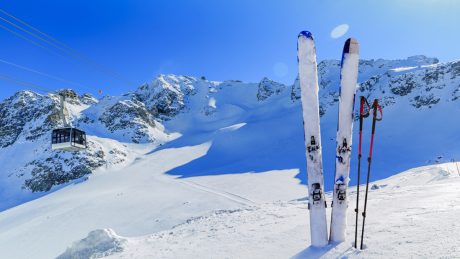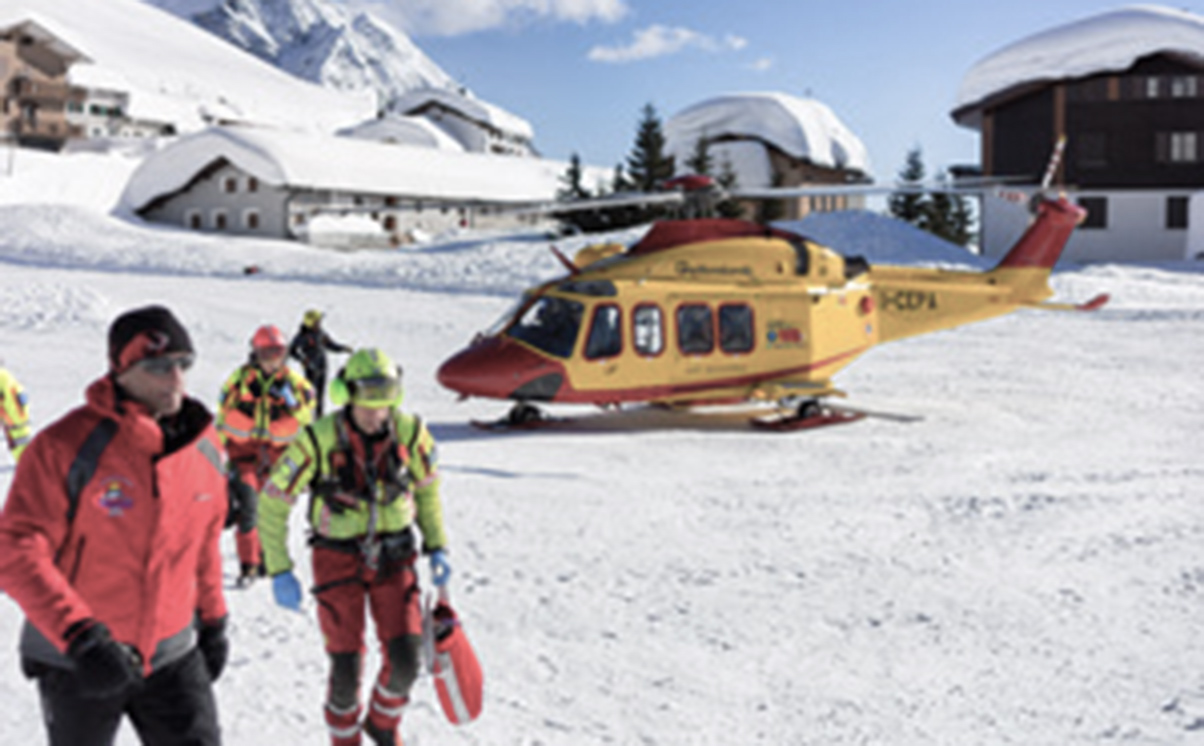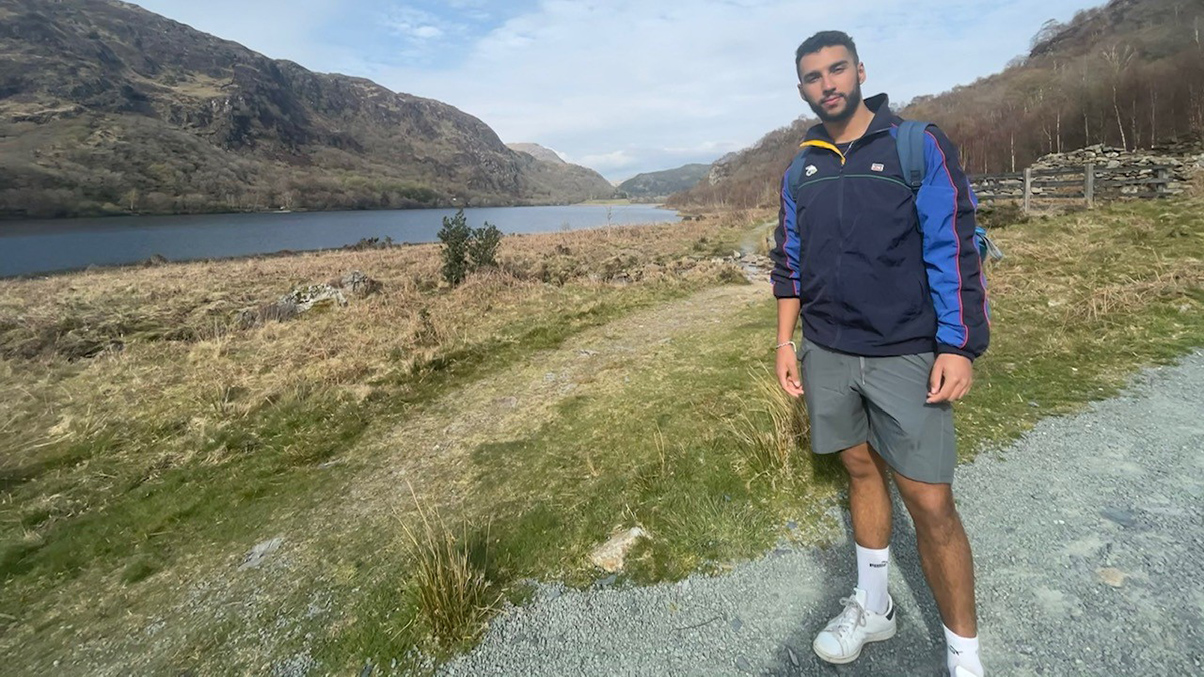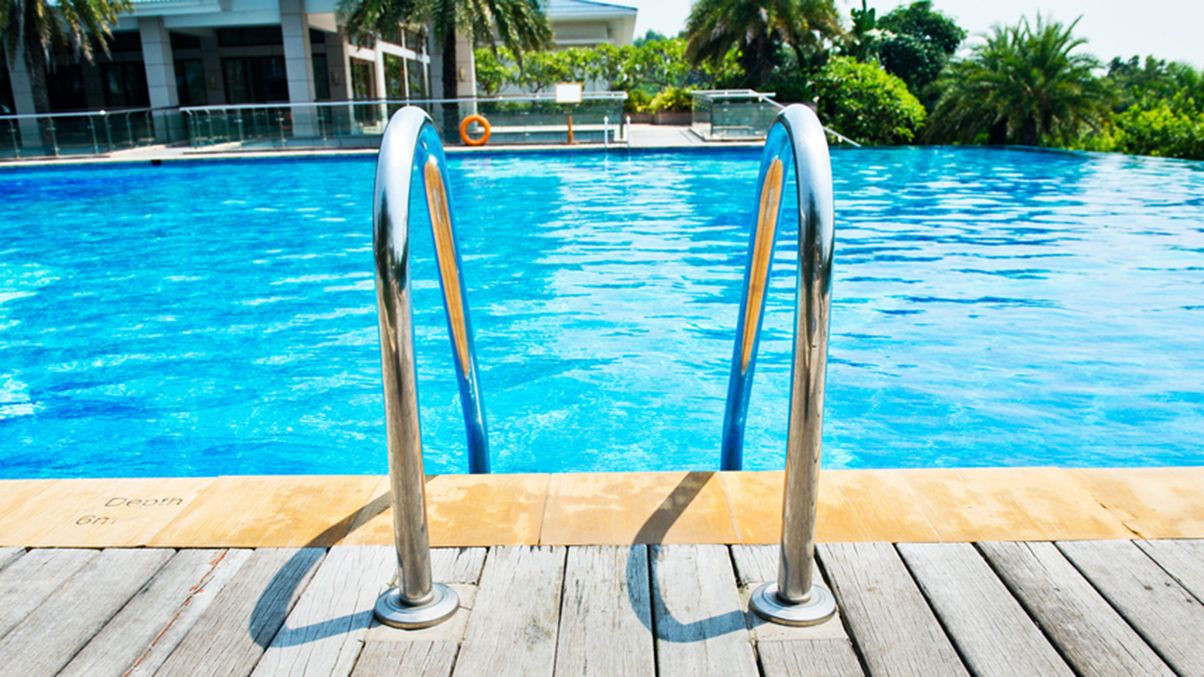As snow enthusiasts turn their attention to the 2024 ski season, Christopher Deacon, partner in our International Injury department outlines things to consider to stay safe on the slopes.
Planning your annual ski trip should be a time of escape and excitement. Tragically, however, in recent years there have been a number of high-profile fatalities. The death of a five-year-old British girl in Flaine in early January 2022 was followed by news a few days later that French actor Gaspard Ulliel had been killed in the Savoy ski area of La Rosière. Both deaths arose in the context of a collision involving other skiers, putting into sharp focus the potential dangers of winter sports at even the most rudimentary levels. In the case of the British girl, who lived with her ex-pat parents in Geneva, she had been participating in a beginners’ lesson on a blue slope when a skier, who reportedly was skiing at high speed, knocked her down. In January 2023, a young woman died and two people were critically injured after separate crashes at the Hintertux resort in Austria. These incidents were reportedly linked to unusually warm skiing conditions changing the nature of the piste and increasing safety risks.
Whether you are an experienced thrill seeker or a fledgling novice, preparation is key to managing the risks that are an inevitable part of hitting the piste.
-
Being properly insured is a basic starting point if you are a winter sports traveller
The costs of not being insured can be significant. If skiers do end up injured and being lifted to a private clinic or hospital by the pisteurs then without proper insurance cover, they could end up footing a hefty bill.
If you forget to arrange insurance in advance you can buy it as a daily supplement to the lift pass in many resorts.
You may also consider the services of a specialist global emergency response company, who will provide 24-hour assistance in an emergency situation for you and your family wherever you may be travelling across the globe.
-
Familiarise yourself with the rules set by the International Ski Federation (Federation Internationale du Ski or FIS).
Both skiers and snowboarders should have regard to these rules, which form the “highway code” of the ski slopes in Europe. Similar rules are in place in Canada and the USA. The FIS rules are often the starting point when establishing who is responsible for an accident on the slopes.
-
Ski collisions have been described as road traffic accidents on the mountains.
One of the most important rules set by the FIS is that the skier lower down the slope has priority. If you happen to be knocked to the ground by another skier who has approached from up-piste then there is a good chance they have ignored or negligently flouted the rule that you have priority as a skier further down-slope.
Not only could this expose the individual responsible to a substantial claim for civil damages, it might also result in the authorities taking criminal action. In the Flaine accident mentioned above, a French man is now facing a manslaughter charge and is in the custody of the local judicial authorities.
-
If the worst comes to pass and you are involved in a skiing accident then you should:
- Take full details of anyone who may be responsible, including details of their insurer. It is possible that a seriously injured victim will not be able to react at the scene, so if you witness a serious collision then make sure anyone who may have been involved does not set-off without leaving their details.
- Report the accident to the piste authorities and ask for a copy of the report.
- Cooperate with any investigation by the local authorities. In Europe, this is often led by the police at the direction of the public prosecutor. It can seem intimidating to those impacted by a winter sports accident, but is often a crucial step in ensure early gathering and preservation of evidence, maximising the prospect of advising successfully on a victim’s options.
- Report the incident to your insurers, regardless of who you think may be at fault for the accident.
- Make sure you note down the full name and contact details of any witnesses to an incident or accident.
- Take photos of the accident location and get someone in your group to return and make a sketch plan pin-pointing where the relevant parties were coming from and going to at the point of impact and of any other key landmarks or pointers which may be relevant to the accident circumstances.
-
Avoid collision
To avoid a collision in the first place, be sure to carefully check further up the piste when setting off or at intersections when joining another piste. Make sure you remain visible to other skiers wherever possible. Give beginners a wide-berth when passing as they may turn, stop, fall in your path or not be as adept at moving to avoid a collision as you are.
-
Don’t ski drunk, it really does impair your abilities and judgment.
-
Look after your ski equipment and make sure it is suitable for your requirements.
It may sound surprising but faulty or poorly fitted ski equipment is the cause of many accidents each year. Ski resort equipment suppliers should be asking for your age, ability, height and weight before kitting you out. Make a note of this basic information in both metric and imperial before heading abroad and if the supplier doesn’t ask for these details then make sure you provide them.
If you are involved in an accident that is caused by faulty equipment then it is important to have full details of who provided the equipment, what steps they went through when fitting the skis, bindings, and what exactly the problem was with the equipment that has caused injury. Take photos or video of the faulty equipment and make sure the equipment is preserved for an expert to comment on (you could try getting an initial comment on issues with the ski equipment from another ski hire shop), or for the local police to inspect.
-
It is not just faulty ski equipment or collisions caused by fellow skiers that can lead to injury.
Back in 2012, the resort of Font-Romeu in France was ordered to pay almost €1million to a young woman who suffered multiple trauma when she hit a patch of ice on a green run, skidded off-piste and collided with some rocks. Familiarity with your surroundings will minimise the risk of such injuries.
-
Check out the position on the law for safety helmets in the destination country.
The tragic death of actress Natasha Richardson from a skiing head injury in Quebec, Canada back in 2009 put the ski helmet debate centre stage once more and it continues to be an area of great discussion.
In some resorts, it is compulsory to wear a helmet for certain age groups. You should consider wearing a safety helmet and other protective ski equipment, such as a spine protector, particularly if you are feeling adventurous and may be heading off-piste.
-
Going off-piste?
If you do dare to venture off-piste then you should hire an experienced mountain guide and carry an avalanche transceiver, probe and shovel. If you frequently go off-piste you could consider an ABS (airbag) ruck sack. While this may seem extreme, every year this basic safety equipment helps save lives in the event of an avalanche.
Even if you have safely undertaken an off-piste route previously the conditions can vary day by day and local knowledge is essential. You should also check the small print of your travel insurance as off-piste is frequently excluded or subject to requirements such as being accompanied by a guide.
-
Think twice before signing up for potentially dangerous excursions such as snowmobiling or even more leisurely activities such as sledging.
They are as powerful as many large motorbikes and a loss of control can very rapidly turn into a serious accident. If you do go, make sure you receive full safety instructions and a chance to practice on level terrain, including an emergency stop.
Even with more leisurely activities such as sledging, if you are a novice or undertaking activities on an unfamiliar piste, then check safety guidance and make sure you practice, familiarising yourself with the sledge on lower ground before undertaking the activity further up the piste.
-
Check the conditions on the piste
The ever-changing climate across the globe is also impacting on ski and winter sports conditions year-on-year. Unusually warm conditions on the slopes can create icy conditions and less snow at the side of the piste to cushion the blow if a skier or winter sports enthusiast loses control. Some resorts are relying increasingly on artificial snow, which is thought to turn to ice more quickly, creating a further potential hazard. It is important to carefully check the conditions on the piste you intend to use and not take it for granted that the snow will be the same as in previous years, no matter how familiar you are with the resort you are visiting.
Observing some basic tips will help you to manage the risks and will help ensure you have a safe and successful skiing holiday this season.
[This article was first published in January 2022 and updated in February 2024, following its publication in Sports Litigation Alert.]
You can find further information regarding our expertise, experience and team on our International Injury page.
If you require assistance from our team, please contact us.
Subscribe – In order to receive our news straight to your inbox, subscribe here. Our newsletters are sent no more than once a month.






